Content is one of the broadest online marketing channels, incorporating SEO, biddable media, social media, public relations and offline marketing. In many cases, it also requires an understanding of conversion optimisation and UX. For these reasons, content is arguably considered one of the most important channels to get right – but everybody does it differently. As a data-driven agency, Yoghurt Digital has a very unique method of content strategy creation and amplification, incorporating not only the data we find in Google Analytics, but the data we collect from real life users and brands.
Let’s start with “What Is…?”
A content marketing strategy is the overlap between content strategy (the internal brand guidelines) and content marketing (content creation, iteration and promotion). It’s the intersection of the vision, goals, voice, audience, ideation and external strategy.
Yes. That’s the first thing I learned building a content amplification strategy.
After I had conquered that hurdle, I started to see others in the distance. Things like, “I’m running out of content”, and, “Is this template scalable?”
Here’s a quick summary of my biggest learnings throughout this process:
#1: Start With Existing Performance Data

Having the ability to analyse current data through resources like Google Analytics, SEMRush and a competitor analysis allows you to have a good idea of where you currently stand. This is imperative to building out a roadmap moving forward and filling in crucial gaps in the current strategy.
Current Performance
Analysing the current content’s performance gives you a grasp on reach, quality and user behaviour paths. This data, depending on how much there is, can help shape the type of content and highlight potential focus areas.
For example:
“Company X” has a large existing blog that focuses predominantly on biddable media, with some posts having a strong focus on SEO. Digging deeper into content performance, the posts mentioning SEO have a higher time on site and users click through to further services once on the website, relative to the posts about biddable media. Posts in the SEO category have over 9x the reach and 4x the engagement of other posts. This indicates that major focus of “Company X’s” blog should shift towards SEO.
Competitor Performance
Competitor performance is an essential thing to take stock of when considering the lay of the land. It gives an insight into popular and engaging topics in the industry. This can help set an attainable goal and decide the tone for your content. I generally look at:
- Market share
- Blog usage
- On site content
- Social profiles
Using the same example as above, Company X may have a great content presence relating to biddable media, however after conducting a competitor analysis we find that competitors have a higher share of voice in this space. As a result, Company X often gets drowned out. Shifting the strategy to focus on content-rich gaps in the current market environment may help boost the profile of the brand. Company X just needs to ensure these gaps are also high in search volume and have the ability to satisfy user intent.
Goals, Mission & Going To War
Understanding the goals and mission of the company is (obviously) key to developing a solid tone, brand and pattern of speech for the forthcoming content. One of my favourite questions to ask is, “What would your brand go to war for?”. We’ve gotten some funny answers like, “We would go to war for free baby diapers”, or, “We would go to war for manageable suit linen”.
But then you get some gems like, “We will fight to maintain a trusted reputation through meaningful customer engagement and adding value beyond the baseline dollar”. Their response insinuates that this brand is more than just a brand – it’s a community and the content should be geared to display as such. This was more information than we would have gotten from pure analytics data.
#2: Your Users Are SUPER Important
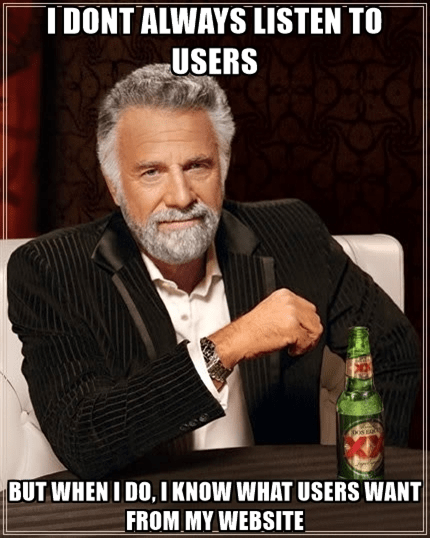
Whether it’s good or bad, about your brand or your competitor, about your industry or another – all consumers want a great user experience.
Gather insights from them. Use them in your campaign. Pander to the audience, because it’s not tacky when it’s helpful. Some data sources I find useful are:
- Heat, scroll and click maps
- Customer surveys
- Comments on previous blog posts
- Comments on social media profiles of both the brand and their competitors
At the end of the day, your users are the ones that are going to buy from you, and all users have an opinion. So why not listen to their voice and provide them with what they want?
#3: Be Realistic – Set SMART Goals to Achieve the Vision

Back to “Marketing 101”, SMART goals are:
- Specific – use real deadlines and real numbers
- Measurable – use real units of measurement
- Attainable – make it challenging, but possible
- Realistic – be honest with what the team and your resources are capable of
- Timely – have a deadline
For example, a goal that isn’t SMART is, “I want more visitors to my website”.
A SMART version of that goal is, “I want a 10% increase in referral traffic to my website from content promotion over the next six months”.
SMART goals are important in content amplification as it helps you put a detailed filter on the lofty goals of the business and upper management.
#4: Put the Most Effort Into the Awareness Phase
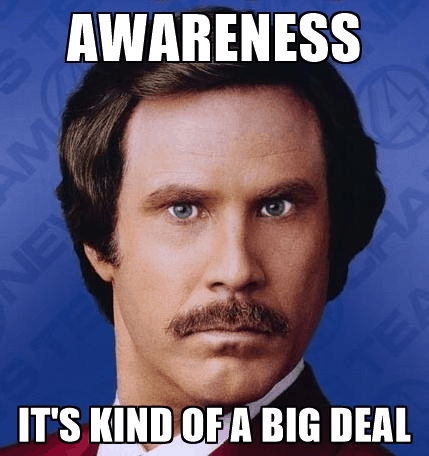
The campaign will not go anywhere if the target market doesn’t know about the brand. Having a strong focus on shareable, awareness-built content – for example quick guides or infographics – will help increase the amount of users in the conversion funnel (i.e. the more users caught in the awareness phase, the more users will convert at the end).
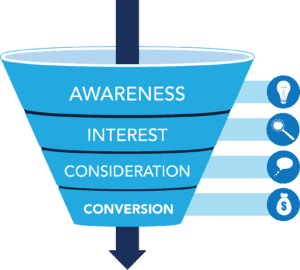
#5: Have Budget (and time) Ready to Invest
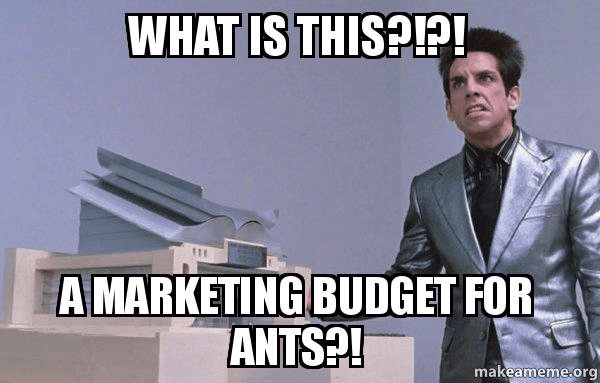
It’s no secret that content production and amplification can make up a significant portion of your marketing budget. Good quality content that’s comprehensive and unique is going to take time, money and resources to create. If you aren’t ready to invest in this campaign, there’s no point in starting to build something big.
Creating thin content can have negative implications for both your user’s experience and your SEO campaign. Having little-to-no content on a page means the time users spend on that page decreases, they’re more likely to bounce off the page, and they’re less likely to click through to other, conversion-focused pages on the website.
#6: You Need A LOT of Content
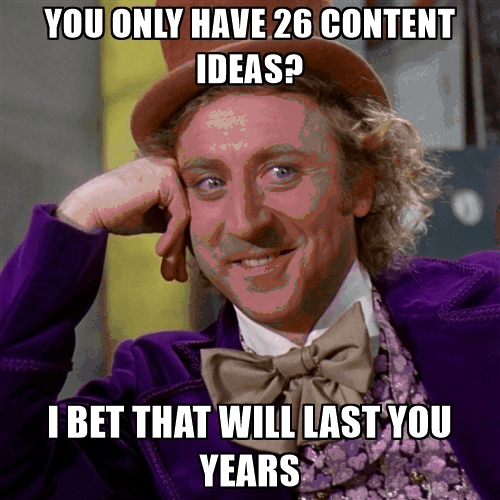
While building my content amplification strategy, I was given a list of about 27 content ideas spanning multiple media types.
“Sweet, that’ll last us a while!” I thought to myself, a hopeful glint in my eye. “I’ll just throw that into a calendar after some research.”
How very naive I was.
My research into the competition alone ended in insights like:
- “Competitors post four times per week on Facebook, six times per week on Instagram, three times on their website blog and send out one newsletter to their email subscribers”
- “Competitors solely post videos on Instagram”
So I plotted the content out onto my calendar according to research and those 27 ideas spanned a paltry three months… Yikes.
#7: Someone On Your Team Needs To Be A Gun At Biddable
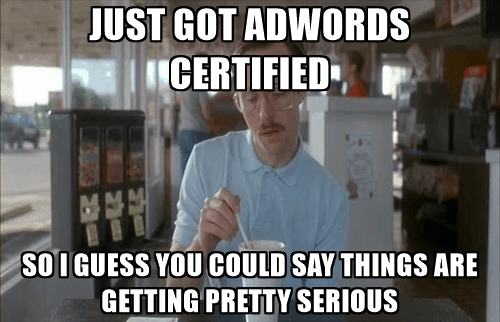
One of the best things about working here at Yoghurt Digital is the tight-knit team that’s always ready to help, providing insights and tips on areas outside of your expertise. Whilst writing this amplification strategy, I, an Organic Search Specialist with a keen interest in content and social, still needed an understanding of biddable media to make it work. Having that expertise on the team whilst building the strategy was invaluable and saved a lot of time in the research phase.
#8: Every Task Needs An Assignee
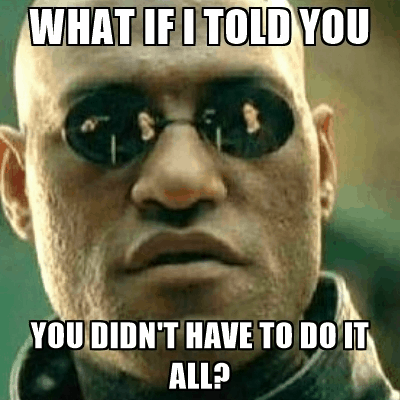
Don’t leave people in the dark. Even if you assign a general team to a section of the campaign, it’s better than letting people fight it out. Figuring out who will do what and by when will streamline the implementation process and reduce confusing communication between key parties involved.
#9: Templates Are Your Life Now – There’s No Other Way

Creating templates for later use of key aspects like the content calendar is essential to not only maintain your sanity, but ensure you have all the information you need to execute the strategy. AND it’s inbuilt QA. What more could you ask for?!
And finally…
#10: Do Things You Know Will Work, But Try Things You Want To Work

Some things we just know from experience, like infographics are great shareable content. Some things we learn through exposure, like knowing paid social creates awareness. And some things we know from education, like knowing that creating a segmented email list to target different stages of the buying cycle will make your email campaigns more effective.
But I myself have never done it or have never seen it done in close proximity to my campaigns.
By creating a campaign that’s built on what you know works from experience, you’re only going to get the results you expect from your experience. By integrating new learnings, new technologies and new methods, the campaign takes on a new form and can extend into fields that you wouldn’t have thought of otherwise.
TL;DR
- All good insights come from thorough research.
- Your customers have an opinion – utilise them.
- Specifics help people to understand you and your strategy.
- People need to know about your brand before they can buy from you.
- If you don’t have money, start slowly.
- You need more content ideas than you originally think.
- Get yourself a biddable media genius.
- Clearly define the roles for every party involved in the strategy.
- If you have templates, use them. If you don’t have templates, invest time in creating them. You’ll thank yourself later.
- Be a sponge. Never stop learning about your industry. You might just find the best way to amplify content is by connecting seemingly disparate dots.

